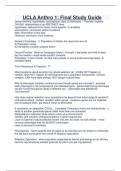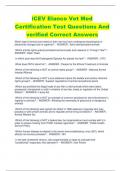Samenvatting
Sustainable Finance and Value Creation Summary (Lecture Notes + Mandatory Papers
- Instelling
- Tilburg University (UVT)
This summary provides a concise overview of the key points from both the lecture series and the mandatory reading papers. It distills the essential information, themes, and insights discussed during the lectures and elaborates on the critical analyses found in the required papers. This document ser...
[Meer zien]












